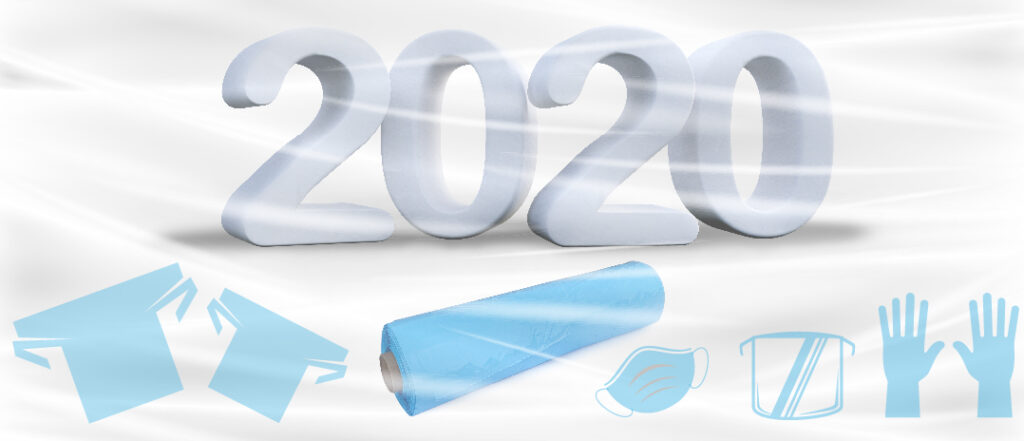
The onset of the COVID-19 lockdowns in March 2020 caused a shift in almost every aspect of life. Employees started to work from home, masks became the number one accessory, and businesses had to figure out how to adapt. That’s a lot of change, so let’s just talk about plastic and how it was used to keep the world turning.
Most importantly, the need for personal protective equipment (PPE) was and still is at an all-time high. PPE includes, but is not limited to, face shields, goggles, masks, gloves, and surgical and non-surgical gowns. Most of these items are made with single-use plastic in order to keep medical professionals and patients safe. Many companies pivoted their productions in March to manufacture PPE and help support efforts to keep people healthy. Here at Petoskey Plastics, we retooled our Automotive OEM lines and designed new medical protection gowns in partnership with McLaren Health Care. While this was a big accomplishment for Petoskey Plastics, we were not the only ones to change course.
Fellow Michigan-based company Ford used their factories to make ventilators, as well as partnered with 3M to produce face shields and respirators. Engineers from University of Wisconsin-Madison and Placon started working on medical face shields, as did Eastman Chemical Company. Associates at Braskem even temporarily moved into their factory for approximately one month to help produce polypropylene to go into different forms of PPE. These are just a few of the many companies and organizations who rushed to meet the needs of the changing world by creating plastic products and otherwise.
Life-saving PPE production isn’t the only area where plastics stepped up. As restaurant takeout and delivery increased, so did the need for containers and bags to package and transport the food safely. Similarly, as online shopping and shipping ramped up, so did the demand for plastic shipping packaging. Over in the automotive industry, manufacturers like Petoskey Plastics helped keep those who own and work on vehicles safe by continued production of products like disposable seat covers and steering wheel covers.
What about reusable plastic and recycling? There was good news there, too!
New avenues for recycling are being developed every day. Polystyrene, a staple for PPE creation, may be able to be converted back into raw material and shopping bags are being used to help pave parking lots. The U.S. National Recycling Goal hopes to increase national recycling of a variety of materials to 50% by 2030. Additionally, the Save Our Seas 2.0 Act aiming to reduce marine debris passed in the United States Senate.
So much was accomplished this past year, but there is still more to do. Here’s to growing, adapting, and staying safe in 2021.
Want more information? Check out these sources below to see what else was happening with plastics in 2020:
https://www.plasticsindustry.org/blog/how-plastics-industry-providing-solutions-during-time-crisis
